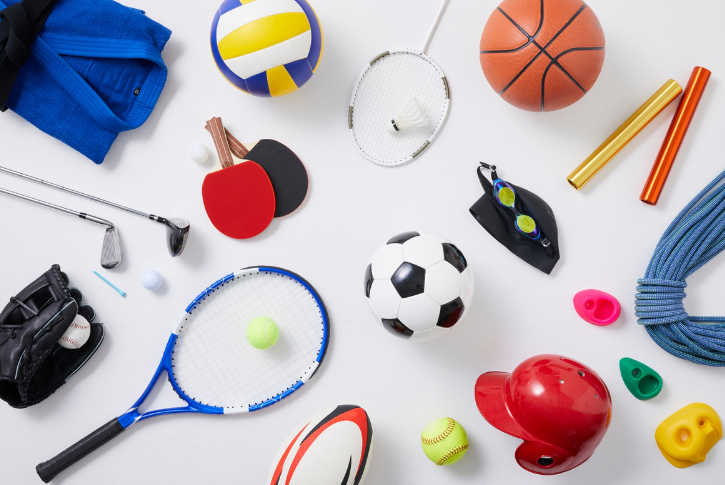Tennessee families know how important sports can be—not just for burning off energy, but for building character, friendships, and memories. Whether your Saturdays are spent on the sidelines of a Brentwood soccer field, at a Knoxville gym for travel basketball, or driving across the state for weekend tournaments, the decision about which sport your child plays can feel like a major one. And with costs for some club and travel teams climbing into the thousands of dollarrange, the stakes (and stress) are real.
That’s why a new tool from the Aspen Institute’s Sports & Society Program is such a game-changer. Launched this month, the Healthy Sport Index helps parents choose the right sport for their child—not just based on skill or popularity, but by weighing safety, physical activity, and psychosocial benefits like mental health and social skill development.
“It’s better to be playing a sport than to be sitting on the couch all day doing nothing,” says Jon Solomon, editorial director for the Aspen Sports & Society Program.
The New Way to Choose a Sport
Instead of guessing which sport is “best,” Tennessee parents can now use the Healthy Sport Index to create a custom ranking based on their child’s individual needs and personality.
- Got a social butterfly who values friendships and confidence-building above all? You can set “psychosocial benefits” to high.
- Want a sport that keeps your child active but also minimizes injury risk? Just adjust the sliders on the tool to reflect what matters most.
- The result? A tailored top-10 list of sports, grounded in research and real-world data.
“We talk a lot about injuries in youth sports, for good reason,” says Dr. Neeru Jayanthi, director of sports medicine research at Emory University. “But it’s important to look at all aspects of the athletic experience. If you just focus on one, you’re missing the boat.”
What Sports Rise to the Top?
Let’s break it down with a few examples.
- If your son places high value on social development, moderate importance on safety, and low emphasis on physical activity, the index might recommend swimming as the best fit—while lacrosse falls to the bottom.
- For a high-energy daughter who prioritizes working out and goal setting, and doesn’t mind a little risk? Tennis comes in strong, while cheerleading ranks lower for both physical and psychosocial value.
The Healthy Sport Index ranks the following sports:
Girls’ Sports:
Basketball, cheerleading, cross country, lacrosse, soccer, softball, swimming, tennis, track & field, volleyball
Boys’ Sports:
Baseball, basketball, cross country, football, lacrosse, soccer, swimming, tennis, track & field, wrestling
And these aren’t random rankings. The data was compiled using:
- Injury rates from the National High School Sports-Related Injury Surveillance Study
- Over 1,300 athlete surveys on mental and emotional benefits
- 700 hours of varsity practices analyzed for activity levels
What Surprised Researchers?
The results held a few surprises.
- Football, often criticized for injury risk, actually ranked second in psychosocial benefits for boys—thanks to high reports of social and cognitive skill development.
- Girls’ basketball led the pack in psychosocial growth.
- Meanwhile, cheerleading and boys’ lacrosse landed at the bottom for both safety and mental/emotional development, though researchers caution that all sports have value.
“Every activity can have a positive impact on a kid’s life,” says Solomon. “What matters is choosing the one that’s the right fit for your child.”





